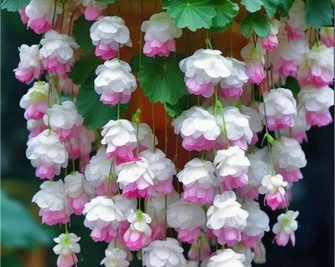
How to grow and care for Anthuriums from a easy way
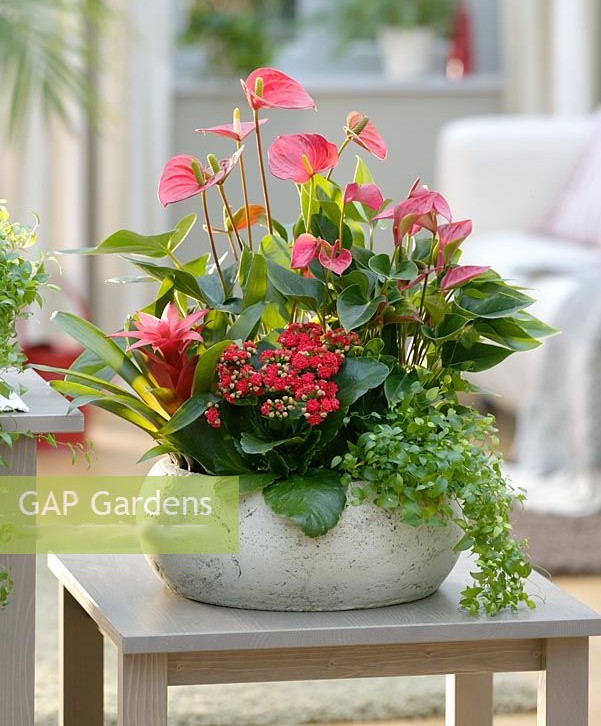
Anthuriums are beautiful flowering plants that are known for their vibrant, heart-shaped blooms and glossy foliage. Here's a guide on how to grow and care for Anthuriums at home:
- Light Requirements: Anthuriums thrive in bright, indirect light. Place your Anthurium near a window where it can receive bright, filtered sunlight. Avoid direct sunlight as it can scorch the leaves.
- Temperature and Humidity: Anthuriums prefer warm temperatures between 60°F and 90°F (15°C to 32°C). They are sensitive to cold drafts, so keep them away from chilly windows or doors. Anthuriums also enjoy high humidity, so consider placing a humidifier nearby or misting the leaves regularly.
- Watering: Water your Anthurium when the top inch of the soil feels dry to the touch. Overwatering can lead to root rot, so it's essential to maintain well-draining soil. Allow excess water to drain out of the pot, and avoid letting the plant sit in standing water.
- Soil and Potting: Use a well-draining potting mix that retains some moisture but doesn't become waterlogged. A mix of peat moss, perlite, and orchid bark works well for Anthuriums. Choose a pot with drainage holes to prevent water accumulation.
- Fertilization: Anthuriums benefit from regular feeding during the growing season (spring and summer). Use a balanced, water-soluble fertilizer diluted to half-strength, and apply it every 2 to 4 weeks. Avoid fertilizing during the winter months when growth slows down.
- Pruning and Maintenance: Remove any yellowing or damaged leaves promptly to maintain the plant's health and appearance. You can also trim back leggy stems to encourage bushier growth. Wear gloves when handling Anthuriums, as their sap can cause skin irritation.
- Propagation: Anthuriums can be propagated through division or stem cuttings. To divide the plant, carefully separate the root ball into sections, ensuring each division has healthy roots and leaves. For stem cuttings, select a healthy stem and cut it just below a node. Place the cutting in a moist, well-draining rooting medium until roots develop.
- Pests and Diseases: Anthuriums are generally resistant to pests, but they can occasionally be affected by aphids, mealybugs, or scale insects. Inspect your plant regularly and treat any infestations with insecticidal soap or a mild horticultural oil. Good air circulation and avoiding overwatering can help prevent fungal diseases.
- Blooming: Anthuriums typically bloom throughout the year under suitable conditions. The flowers can last for several weeks or even months. To encourage blooming, provide the plant with the right light, temperature, humidity, and proper care.
By following these guidelines, you can create an ideal environment for your Anthurium to thrive and enjoy its stunning blooms. Remember to observe your plant closely and make adjustments as needed to ensure its ongoing health and beauty.
Leave a Reply

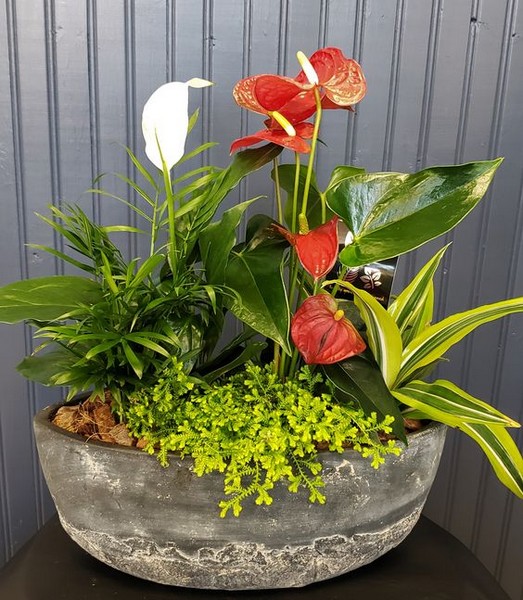
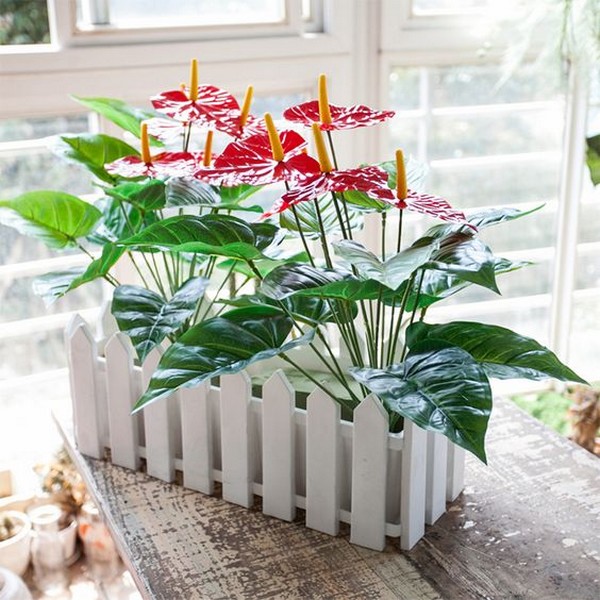



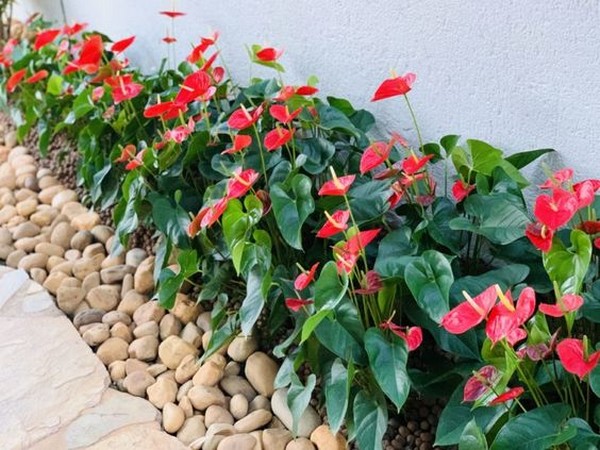
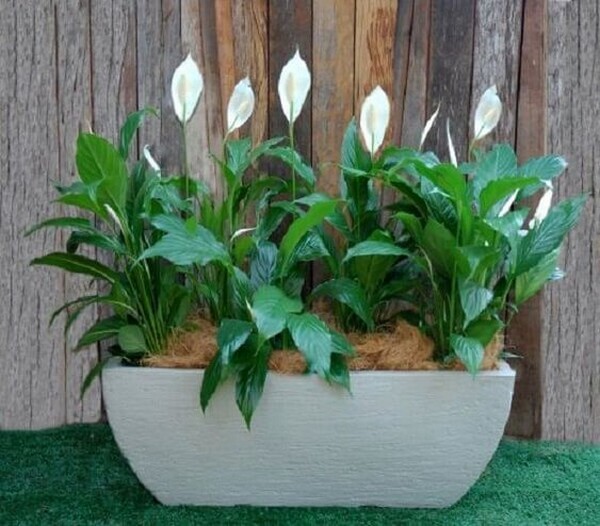
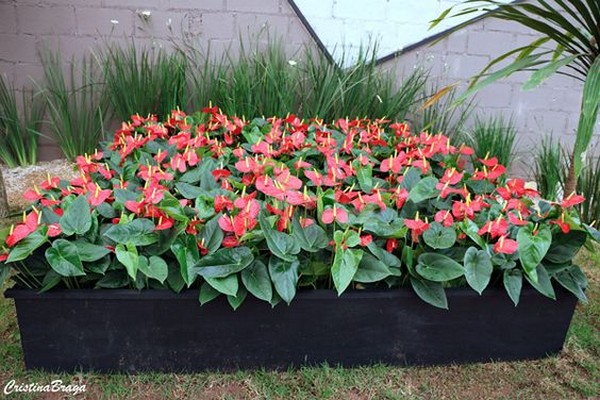

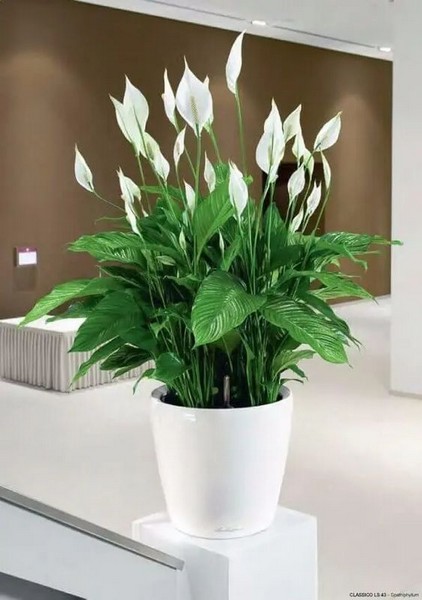
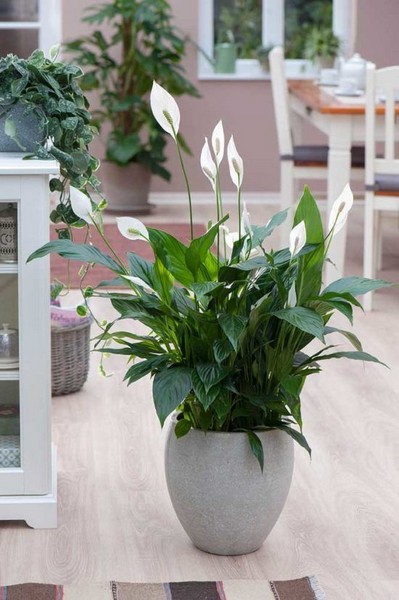
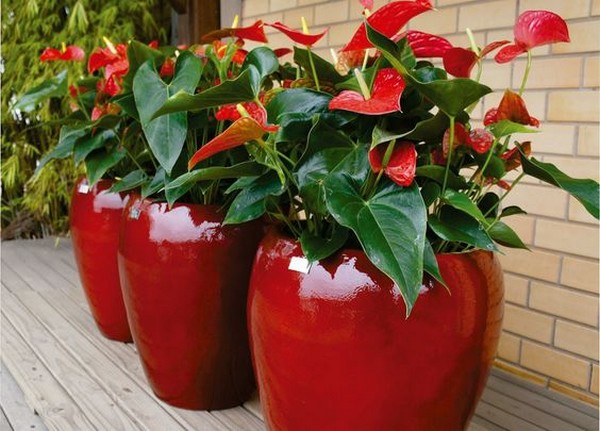


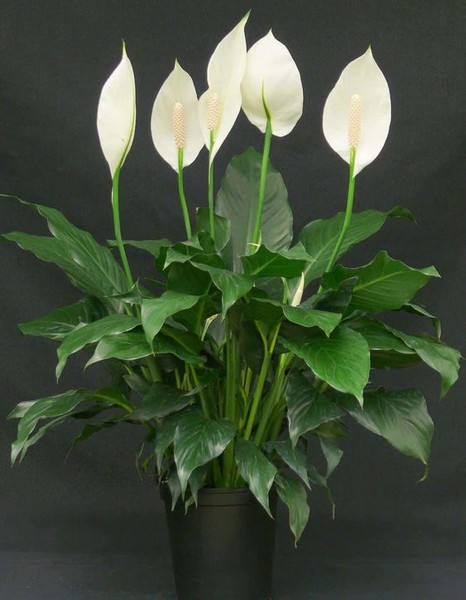
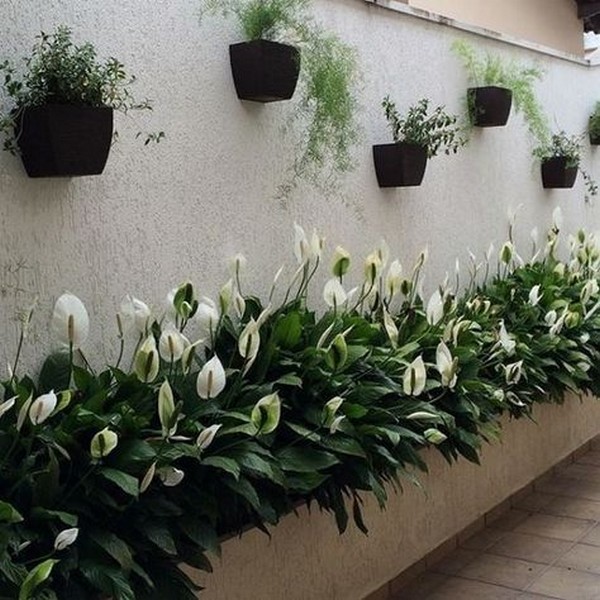


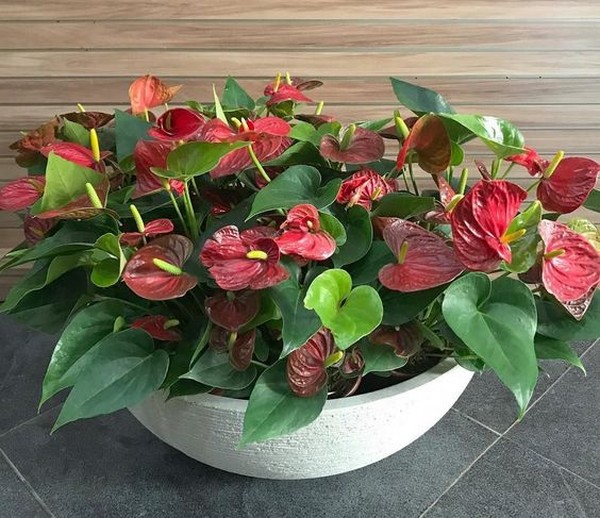
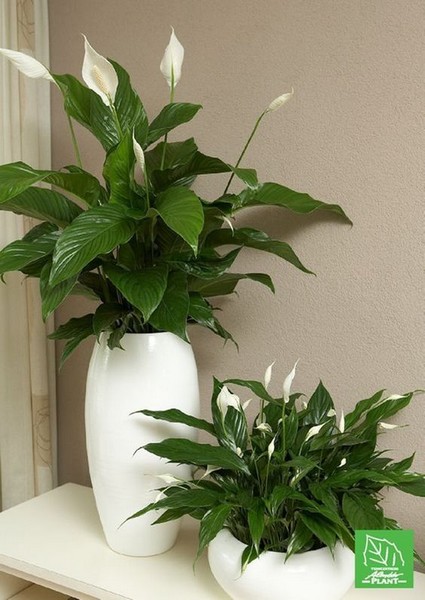
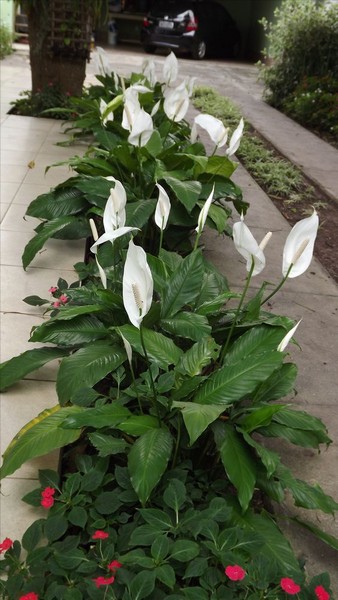


Related posts